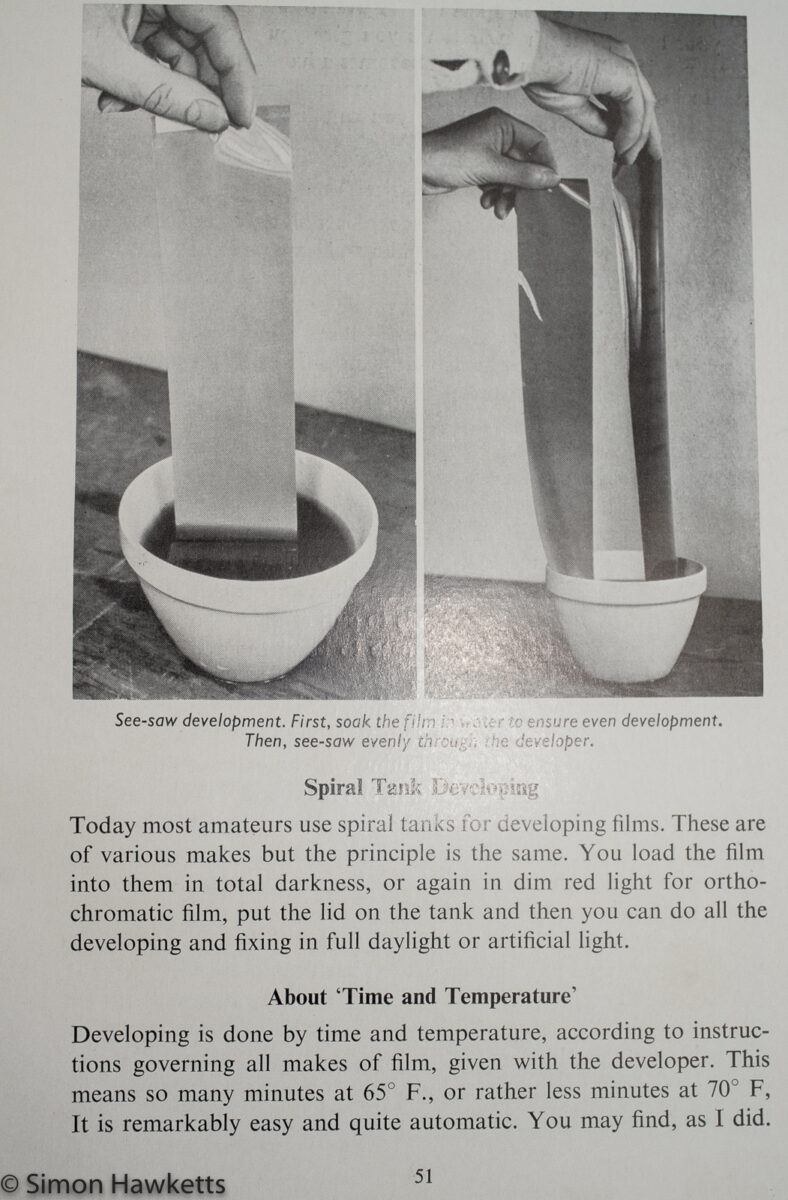The “Boy’s book of Photography” review.
I’ve written many posts about vintage cameras on this site, but this is something a little bit different – it’s a review of a book – the Boy’s book of Photography.
I’ve written many posts about vintage cameras on this site, but this is something a little bit different – it’s a review of a book – the Boy’s book of Photography. This was a book I owned many years ago and was, in fact, the first book I owned on Photography when I was – well, a boy.
Actually, I guess ‘review’ is the wrong word – it’s more an appreciation of a book which got me interested in photography, and inspired me to try developing my own pictures when photography was something a bit more magical and specialised than it is now.
The book was written by J. Allan Cash (F.I.B.P. F.R.P.S.) and was originally published by Fountain Press in 1953. I don’t know when I got my copy of the book – to be honest, I think my Dad must have bought it at some point, or it’s possible it was bought for me as a Christmas present in the same year that I got a contact printing set.
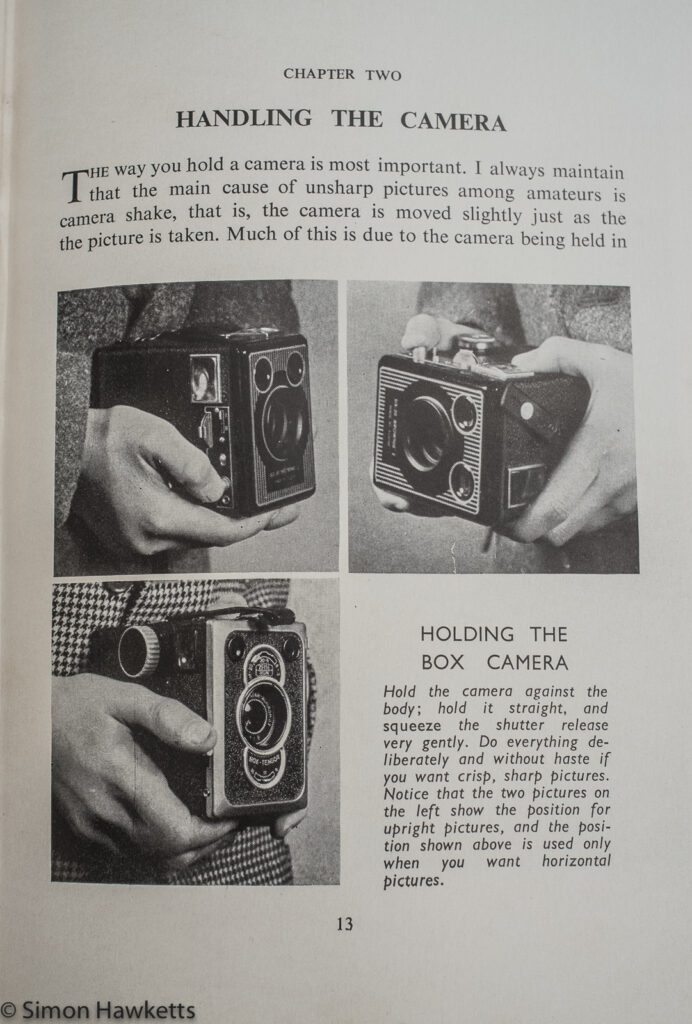
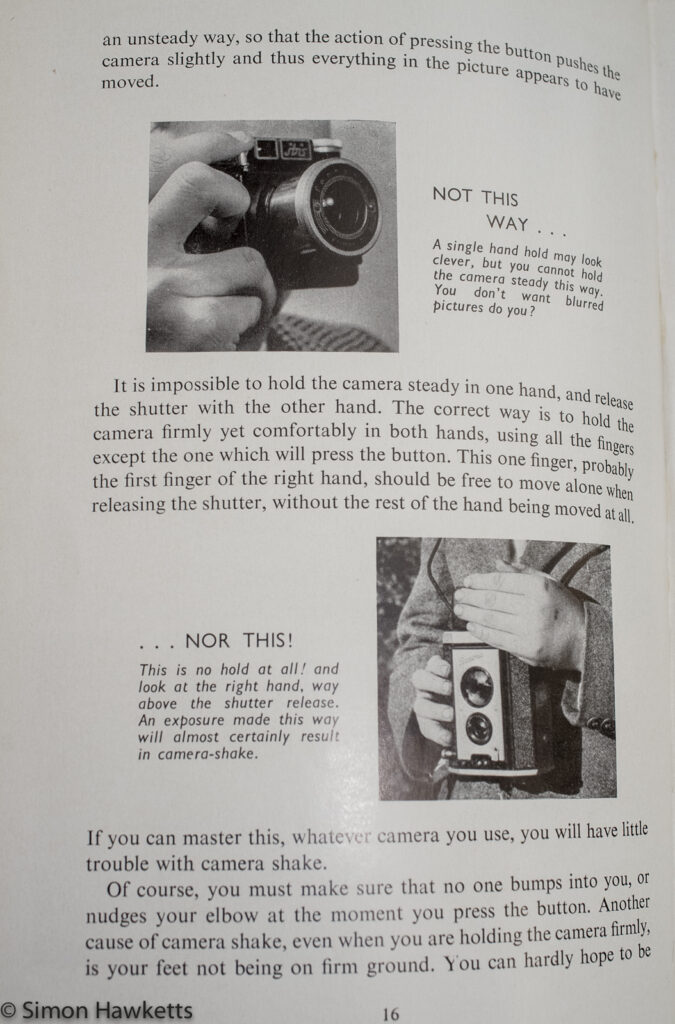

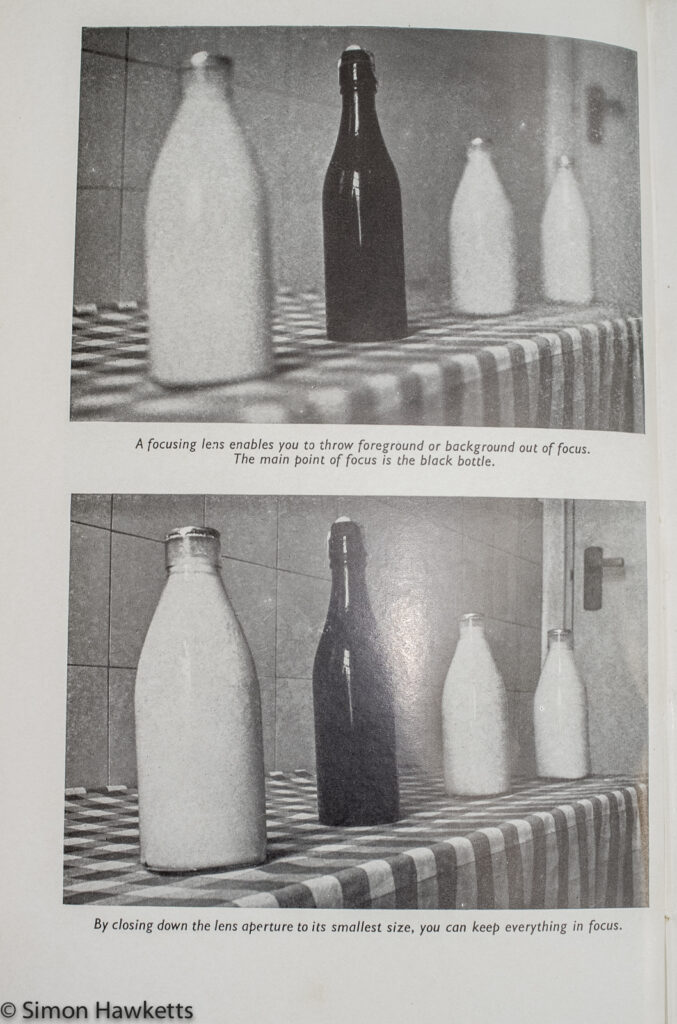
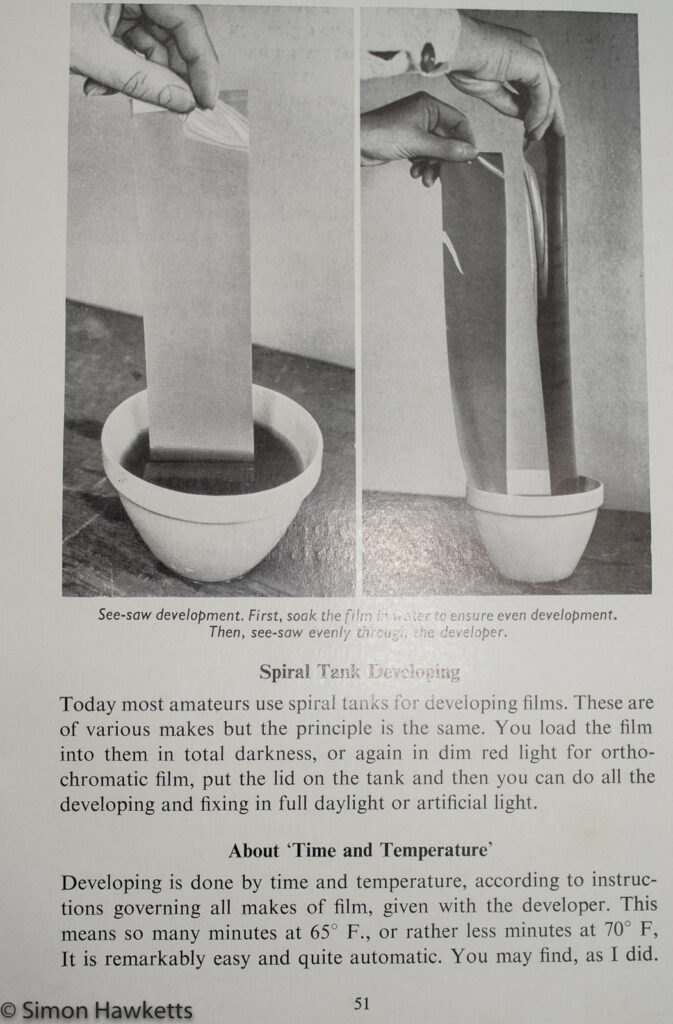
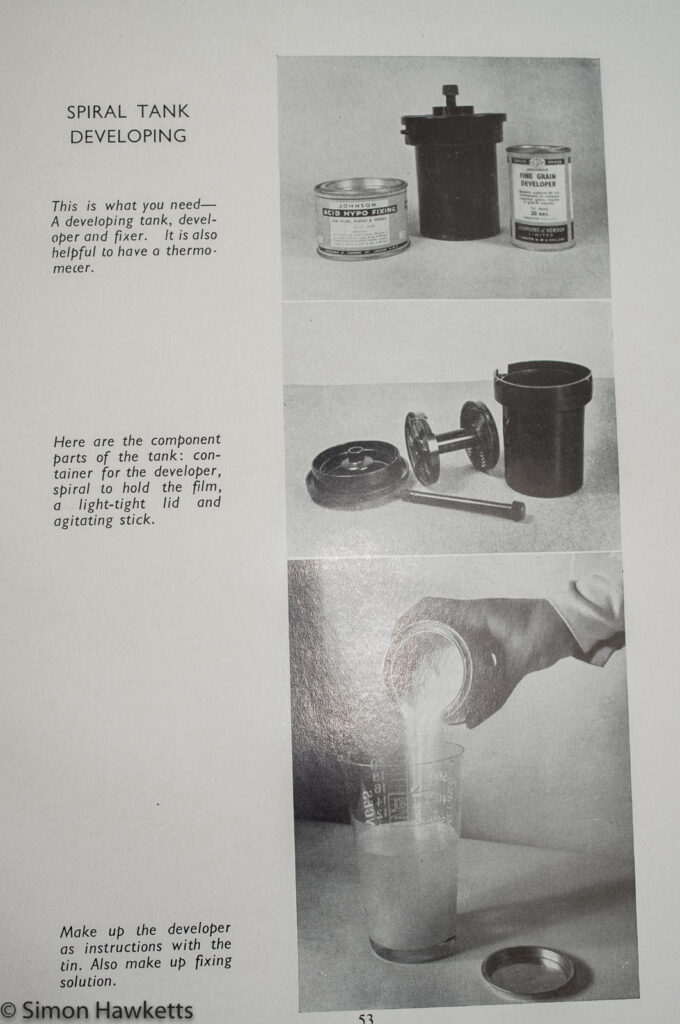
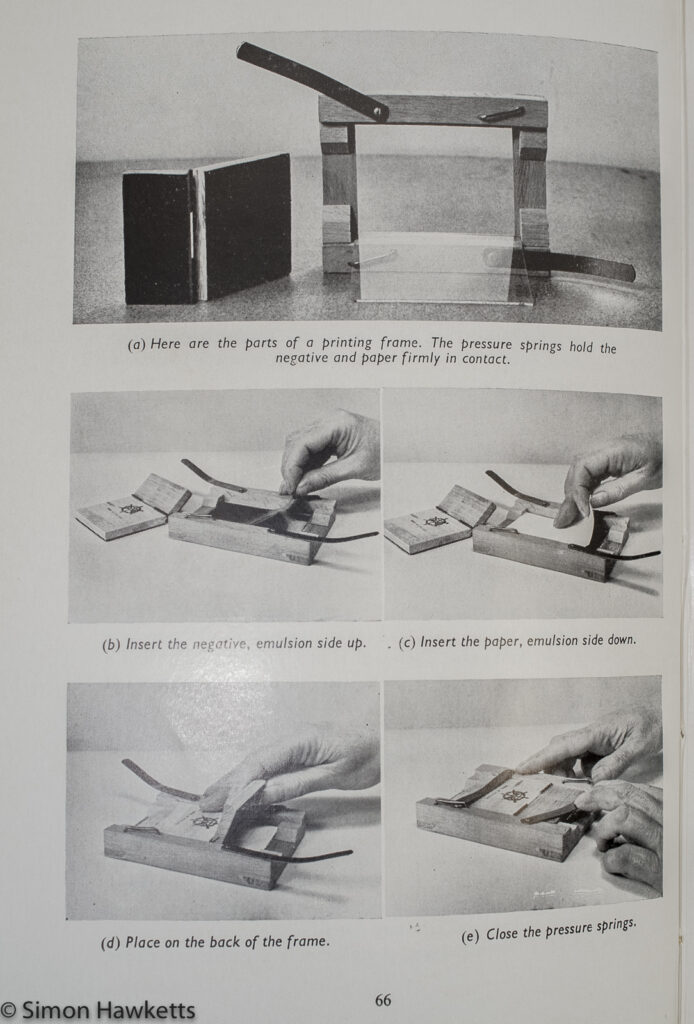
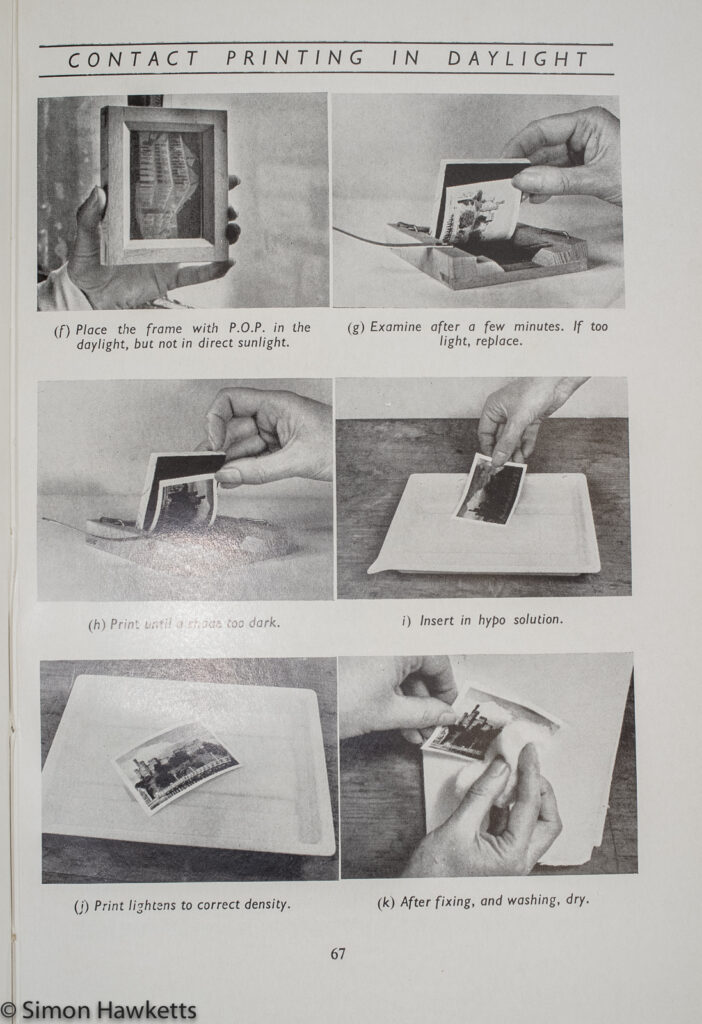
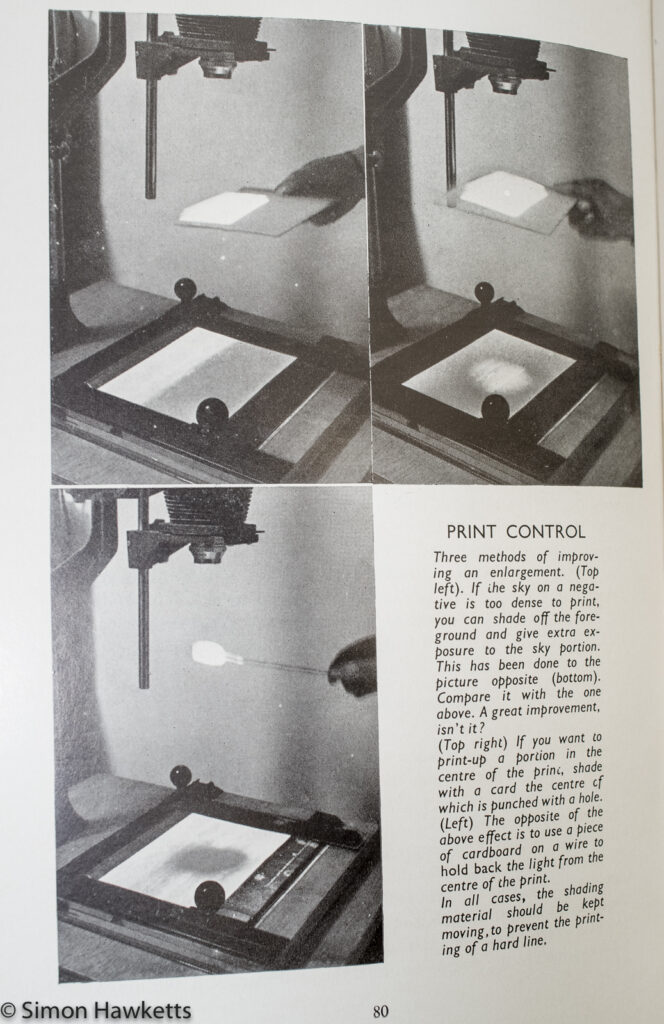
Although I had the book as a boy, I mislaid it several years ago, but when I saw a copy on sale on eBay for a couple of pounds I bought it as a nostalgic purchase. As quite often happens in these circumstances, just after I received the new copy, the old one re-appeared, so now I have two copies.
The most immediate thing I remember when I reopened the book was the photographs of (what are now vintage) cameras and the images of boys in the book showing how to hold the camera to get best results. I remember practising this for hours with an old box camera of Dad’s, bracing the camera into my stomach and trying to hold myself perfectly still while I gently squeezed the trigger. It’s odd to think that these days we would worry about hand holding a camera at a shutter speed of 1/125, but most pictures I took with a box camera or folder would have been exposed at 1/25sec or 1/50sec.
Equally memorable are the pictures of how not to hold the camera – I remember thinking to myself, “I’m never going to be so slapdash as to try to hold the camera with one hand”. Fast forward a few years to when the children were younger and I quite often had to try to do exactly that as I held on to one of them as well!
In the pages on composition, there is a section on depth-of-field and how to get the best picture of a subject. The advice on not getting too close to the subject seems almost completely at odds with the modern day advice to ‘fill the frame’ but of course, most of the cameras in the book were fixed focus units. These were the models that children in those days would be likely to own, and so the advice was good – if you get too close the picture will be out of focus and blurred.
The other section which really intrigued me as a boy was the chapter on developing film and making prints. I used to pour over those pages for hours, eagerly anticipating when I’d be able to try ‘see-saw’ film development or printing with an enlarger. Although I never tried ‘see-saw’ film developing (fortunately), when I actually did try some printing many years later when Dad had bought a Boots enlarger, I found that it was every bit as exciting as my young mind had imagined!
As I said above, I tried contact printing one Christmas with a set containing a plastic contact frame, some powdered chemicals, a black lightproof bag with printing paper, and a set of supplied negatives. I remember I misread the instructions and instead of exposing the paper for a few seconds I exposed for a couple of minutes. The picture appeared almost as soon as the paper hit the developer and then went almost instantly black! I think my Dad put me right on that.
I guess not everyone would be interested in buying a copy of a 60 year old book of photography, and it certainly would be almost wholly irrelevant to today’s photography, but for me, as a nostalgic look back, it’s an interesting step back in time.
Discover more from Everything Vintage
Subscribe to get the latest posts sent to your email.

